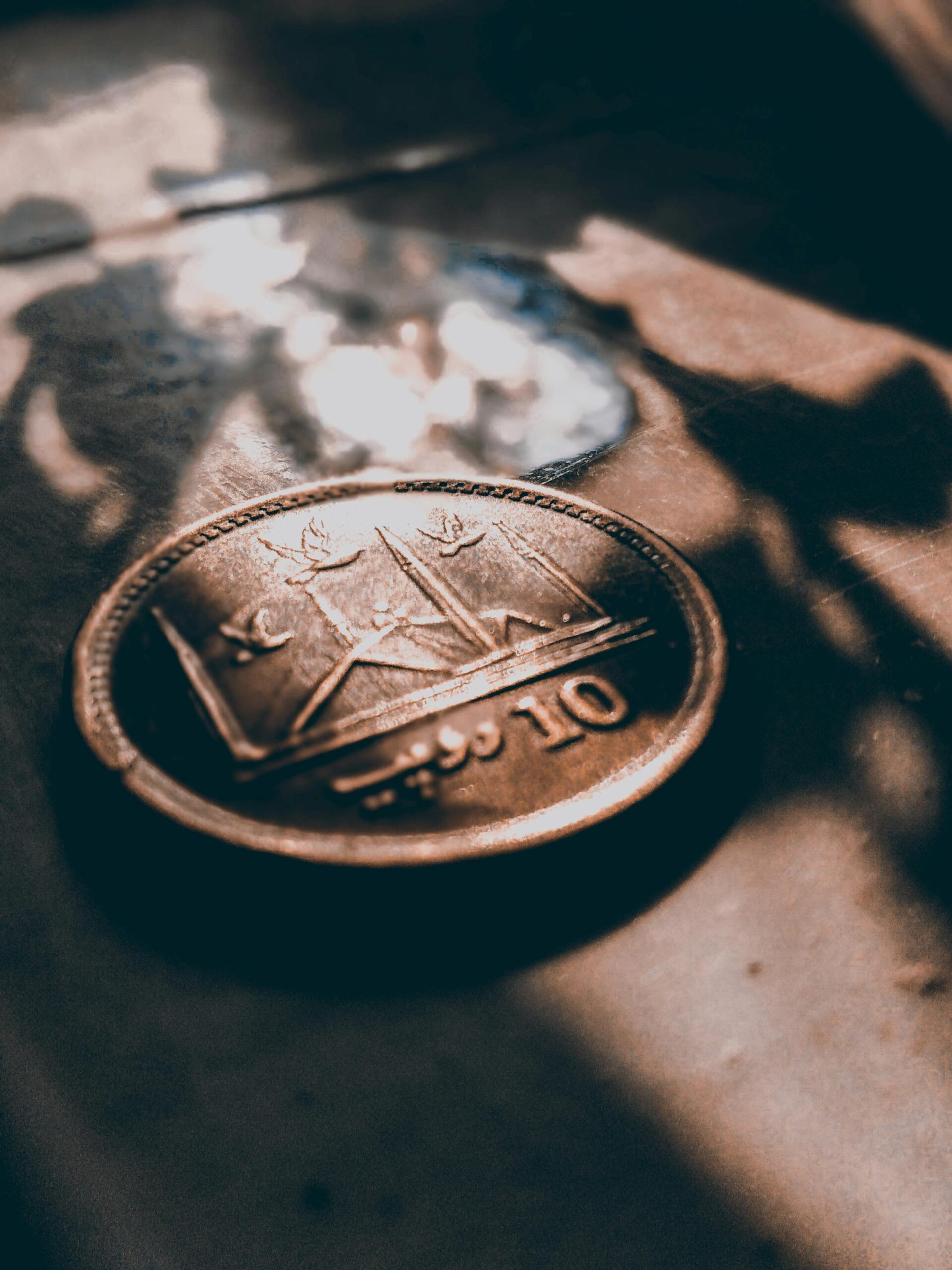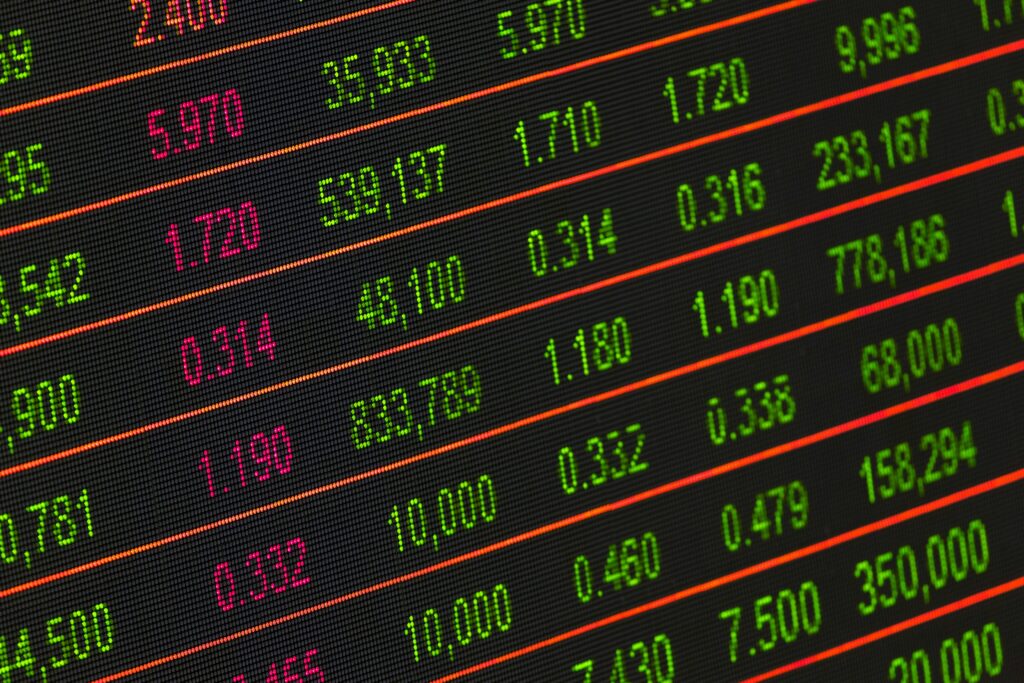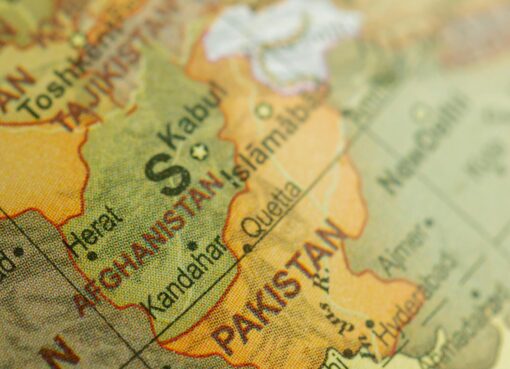How Does the Economy Work in Pakistan? Let’s Break It Down

Hi! Let’s talk about something that’s might be on your mind—Pakistan’s economy. It’s a big topic, but I promise I’ll keep it simple and straightforward, like we’re just having a conversation over a cup of chai. So, how exactly does the economy work in Pakistan? What keeps it ticking, and where does our money come from? Let’s dive in and break it down together.
The Basics: What Drives Our Economy?
First things first, the economy of any country is like a big, complex machine with lots of moving parts. In Pakistan, our economy is driven by a mix of agriculture, industry, and services. Each of these sectors plays a crucial role in keeping the machine running, but they do so in different ways.
- Agriculture: This is the backbone of our economy. Pakistan is an agricultural country, and a huge chunk of our population depends on farming for their livelihood. We produce tons of crops like wheat, rice, sugarcane, and cotton, which are not only consumed locally but also exported. Agriculture is where it all starts—it feeds us, creates jobs, and brings in foreign exchange when we sell our produce to other countries.
- Industry: Next up, we have the industrial sector. This includes everything from manufacturing textiles to producing cement, steel, and chemicals. Pakistan is known for its textile industry, and our clothing, fabrics, and bed linens are exported all over the world. The industrial sector also supports agriculture by providing the tools and machinery farmers need. Plus, it generates a lot of jobs, especially in cities.
- Services: The services sector is like the glue that holds everything together. It includes banking, telecommunications, transport, retail, and even tourism. Services are becoming an increasingly important part of our economy, contributing significantly to our GDP (Gross Domestic Product). If you’ve ever visited a bank, used a mobile phone, or shopped at a local market, you’re interacting with the services sector.
Where Does Pakistan’s Income Come From?

Now that we’ve covered the basics, let’s talk about where Pakistan’s money comes from. Our income as a country comes from several sources, each with its own importance.
- Exports: As I mentioned earlier, we export a lot of agricultural products and textiles. When other countries buy our goods, they pay us in foreign currency (like dollars or euros), which helps boost our economy. Cotton and rice are two of our major exports, but we also export sports goods, surgical instruments, and even software services.
- Remittances: This is a big one for Pakistan. Millions of Pakistanis live and work abroad, sending money back home to support their families. These remittances are a major source of income for us, bringing in billions of dollars every year. It’s a lifeline for many families and also helps keep our economy afloat.
- Foreign Aid and Loans: Pakistan also receives financial assistance from other countries and international organizations like the IMF (International Monetary Fund) and the World Bank. These funds are often used to support development projects, stabilize our currency, or manage debt. However, relying on loans means we eventually have to pay them back, which can be challenging.
- Tax Revenue: The government collects taxes from businesses and individuals, which is used to fund public services like education, healthcare, and infrastructure. Unfortunately, tax collection in Pakistan isn’t as strong as it could be, which limits the government’s ability to invest in important areas.
What Are We Dependent On?

So, what keeps our economy going, and what are we dependent on? There are a few key things that Pakistan’s economy heavily relies on.
- Agriculture: As we’ve already covered, agriculture is our economic backbone. But it’s also a bit of a double-edged sword. We’re heavily dependent on good weather conditions for our crops. If there’s a drought or heavy flooding, it can cause major problems for the economy. Plus, with climate change becoming a bigger issue, we’re seeing more unpredictable weather, which is a growing concern.
- Imports: While exports are a source of income, we also spend a lot of money on imports, especially oil and gas. We don’t produce enough energy domestically, so we have to buy it from other countries. This makes us dependent on global oil prices, which can fluctuate wildly. When prices go up, it puts a strain on our economy.
- Remittances: As I mentioned earlier, remittances are a big part of our income. However, this also means we’re dependent on the economies of other countries where Pakistanis are working. If there’s an economic downturn in those countries, it can reduce the amount of money sent back home.
- Foreign Debt: Pakistan has a history of taking loans to manage its finances. While this helps in the short term, it means we’re also dependent on international lenders and have to follow certain conditions they set. Paying back these loans can be tough, especially when our economy isn’t doing well.
The Challenges We Face
Of course, no economy is without its challenges, and Pakistan is no exception. One of the biggest issues we face is inflation—when prices of everyday goods and services keep rising, making it harder for people to make ends meet. Another challenge is the lack of infrastructure in many parts of the country, which can hold back economic growth.
Then there’s the issue of unemployment, especially among the youth. While we have a large, young population, not everyone has access to the education or skills training they need to find good jobs. This can create social and economic problems down the road.
In Conclusion
So there you have it—a quick and casual breakdown of how Pakistan’s economy works. It’s a complex system with a lot of moving parts, but at its core, it’s driven by the hard work of people like you and me, whether we’re working in the fields, running a business, or simply supporting our families.
While there are certainly challenges, there’s also a lot of potential. With the right investments in education, infrastructure, and sustainable practices, I believe Pakistan’s economy can grow stronger and more resilient in the years to come.
Let’s keep the conversation going—how do you see the future of Pakistan’s economy? What changes would you like to see? I’d love to hear your thoughts!



Leave a Comment